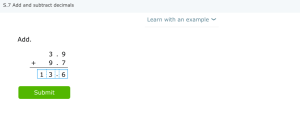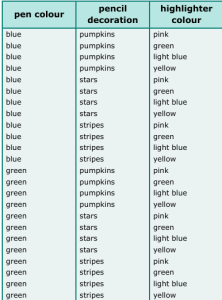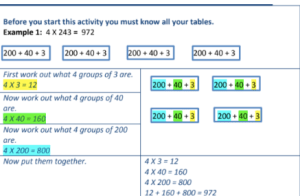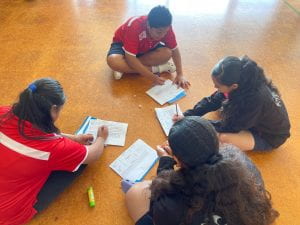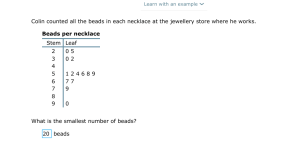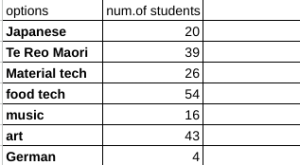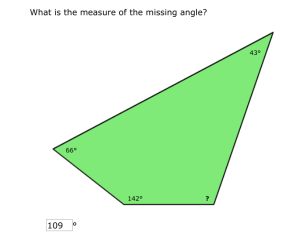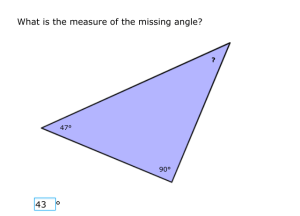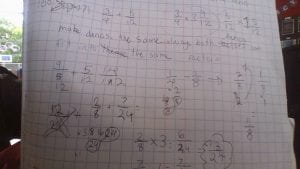
WALT: (we are learning to) Add and subtract fractions with different denominators. For example 2/8 + 7/24. Find the factors of the denominators. 8, 16, 24. 24. There are two 24s so we transform them into our new denominators. ?/24 + ?/24. For the first one, it was once 2/8. The question mark in 8x?=24 is the number you multiply 2/8 by. 3 x 8=24 and 2 x 3=6. It is now 6/24. For the fraction that was 7/24, the question mark in 24 x ?=24 would be the answer. Which is the number 1. The fraction 7/24 remains the same because it is multiplied by one. 6/24 + 7/24 would be 13/24 because you should leave the denominators alone.
For subtracting fractions we do the same thing but subtract the numerators at the end. E.g, 2/8-1/8 would be 1/8.
